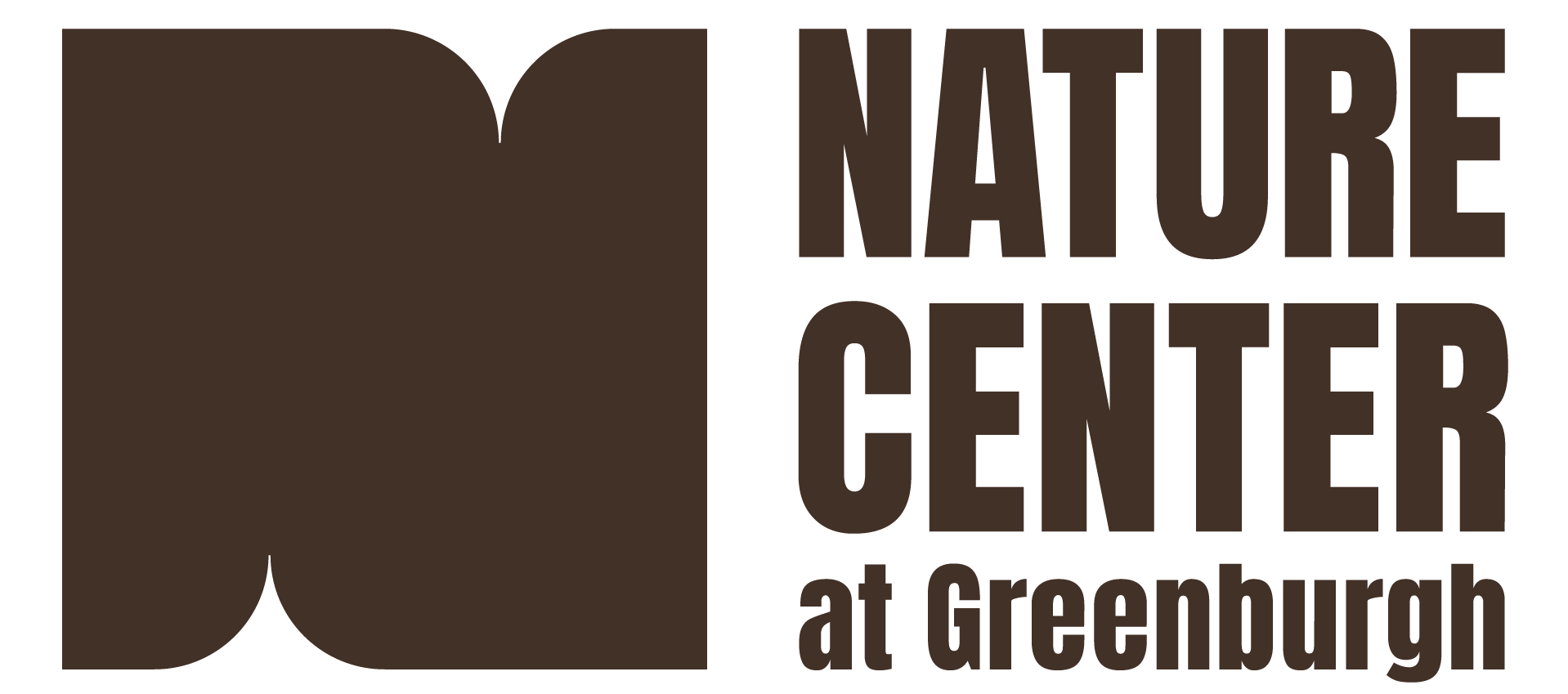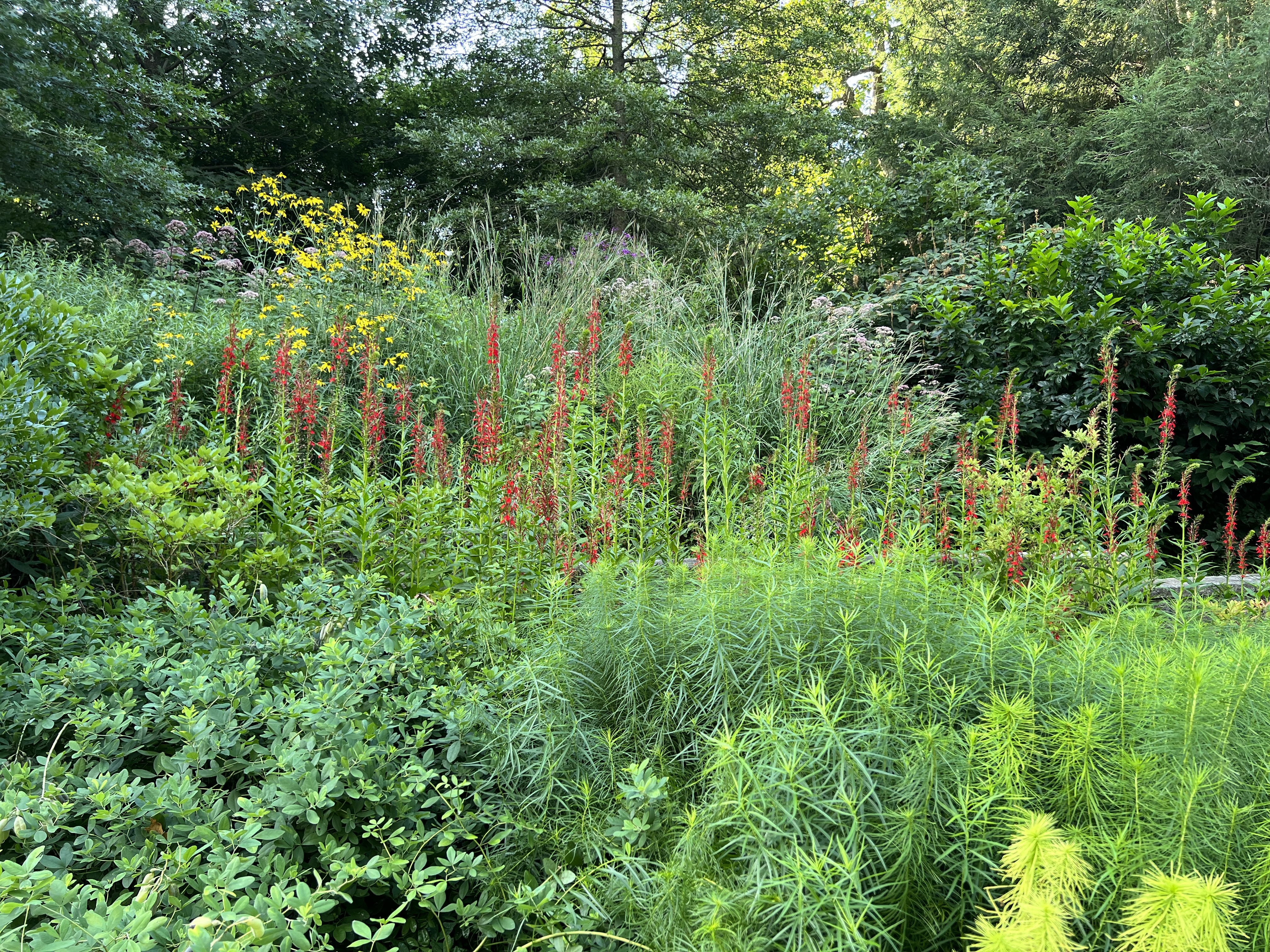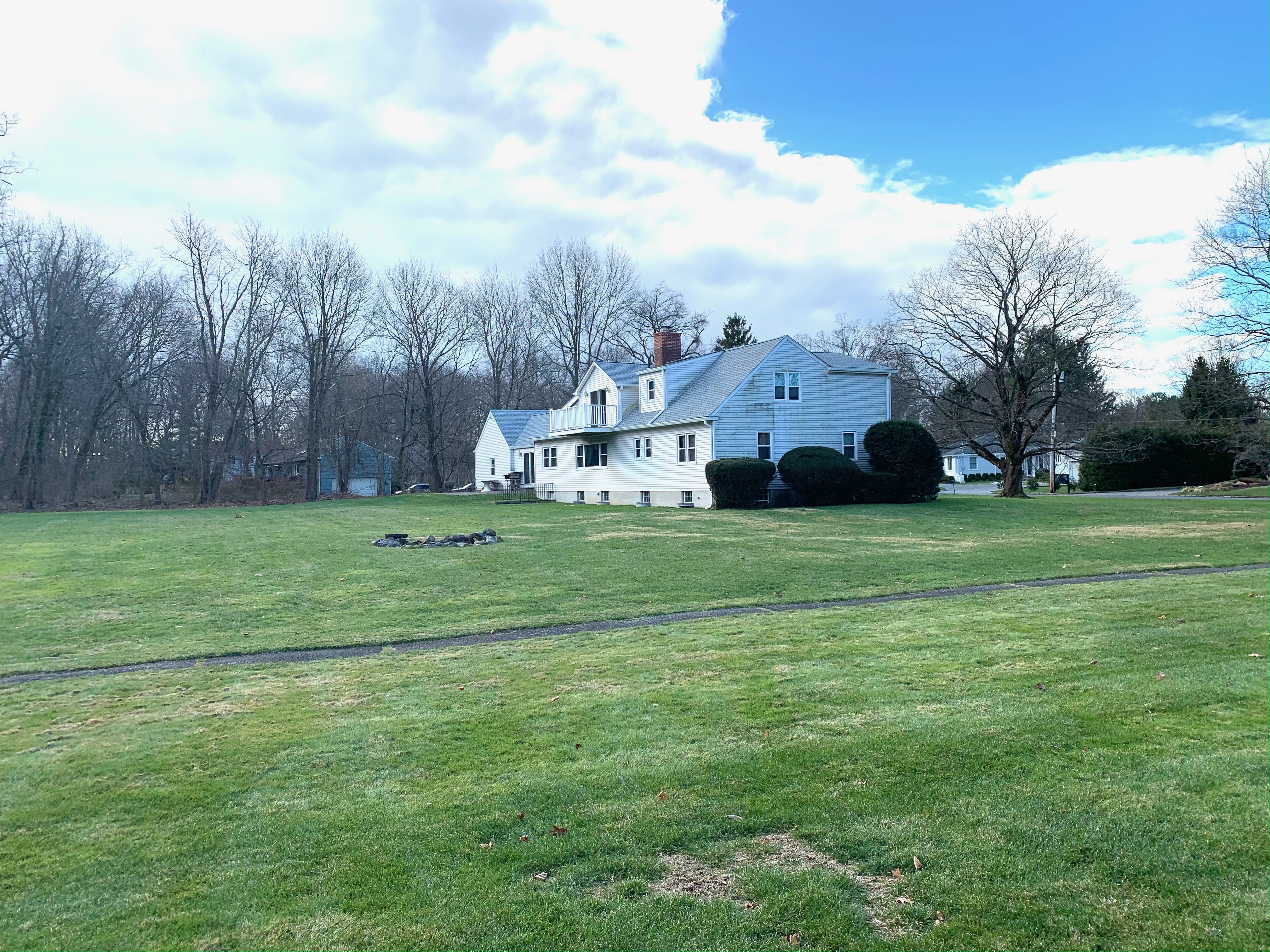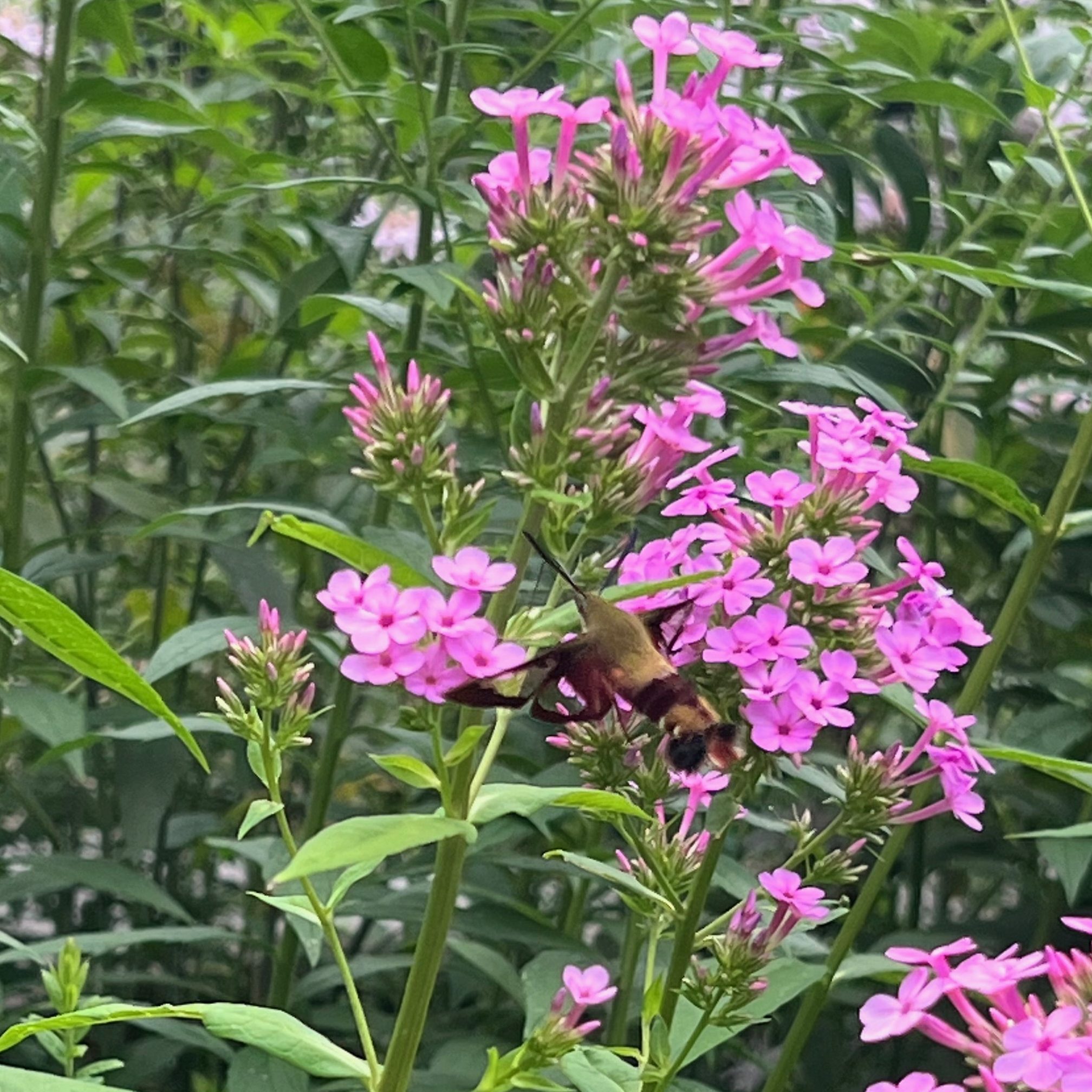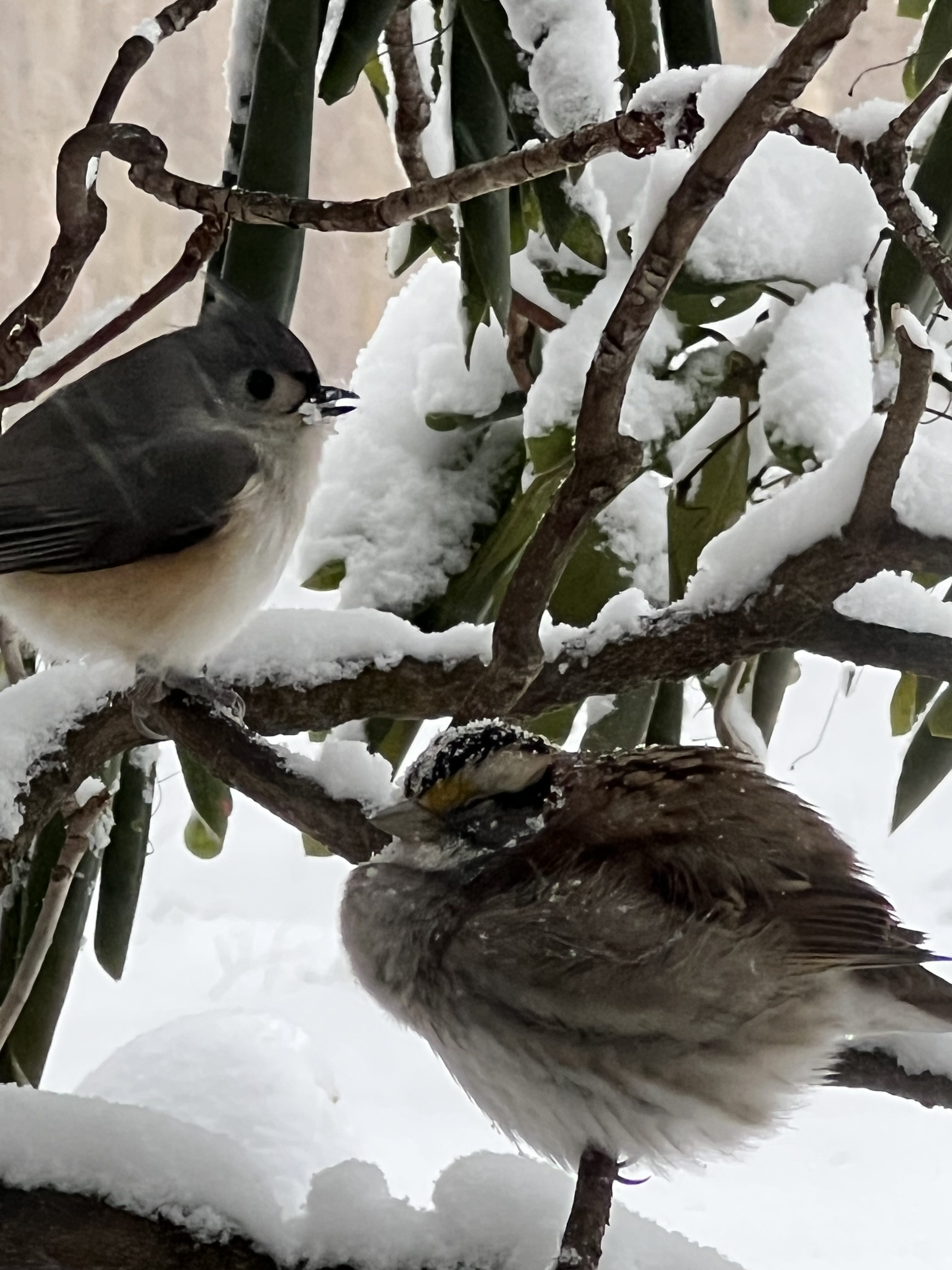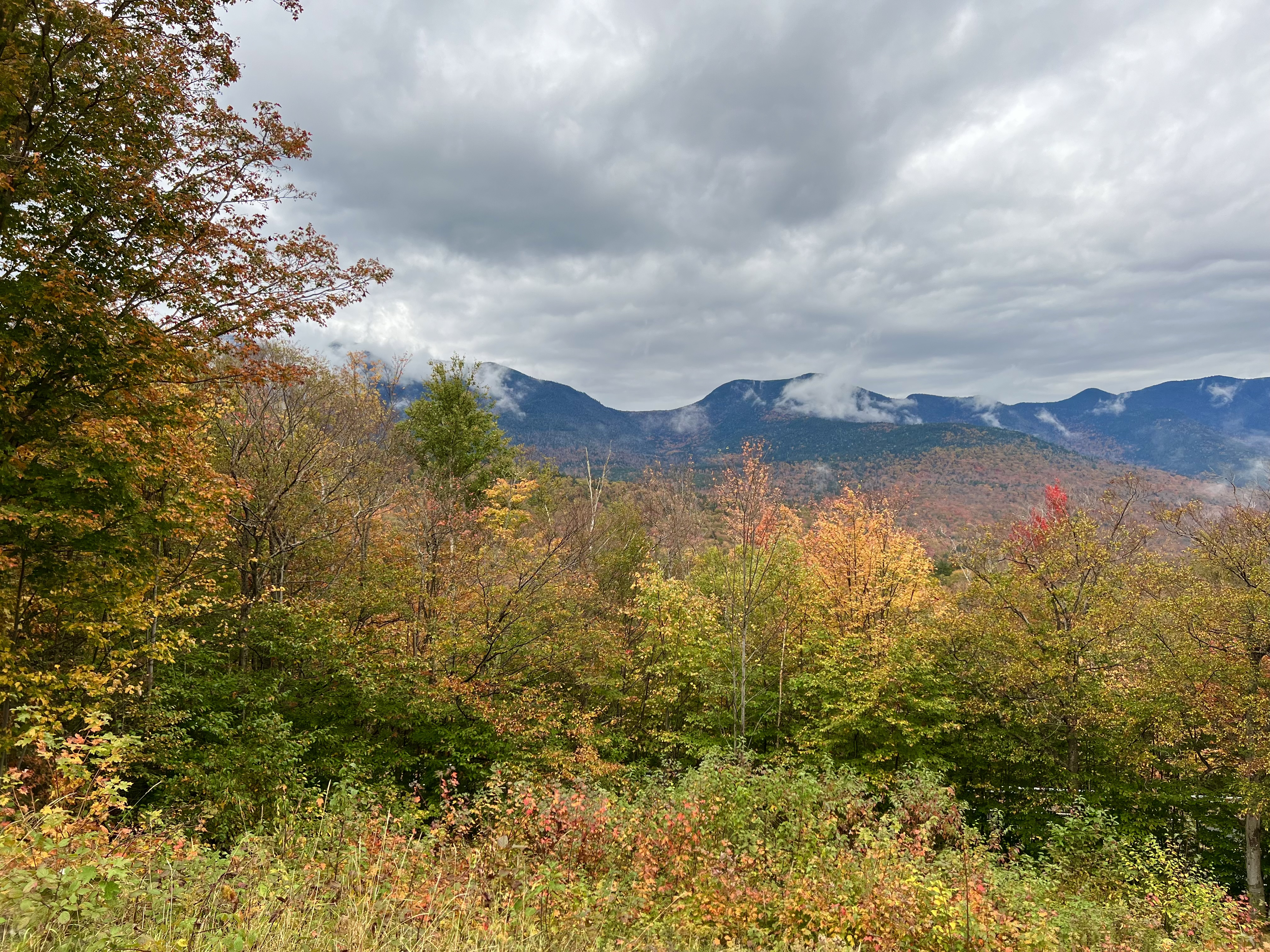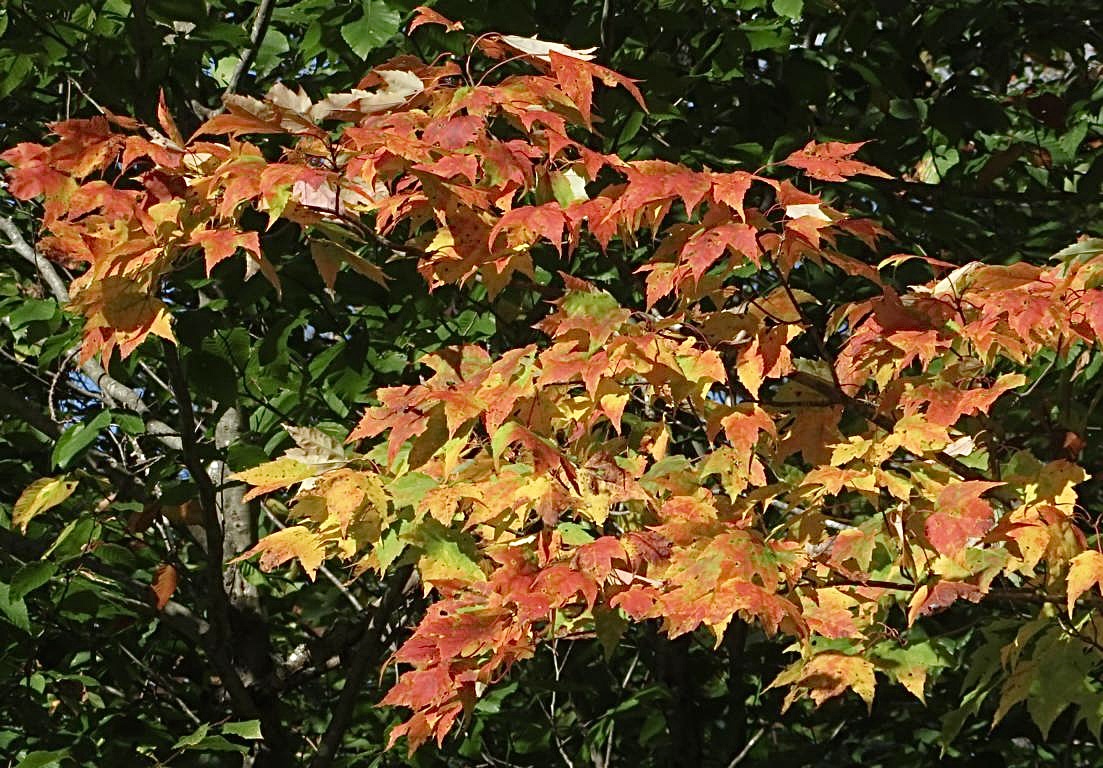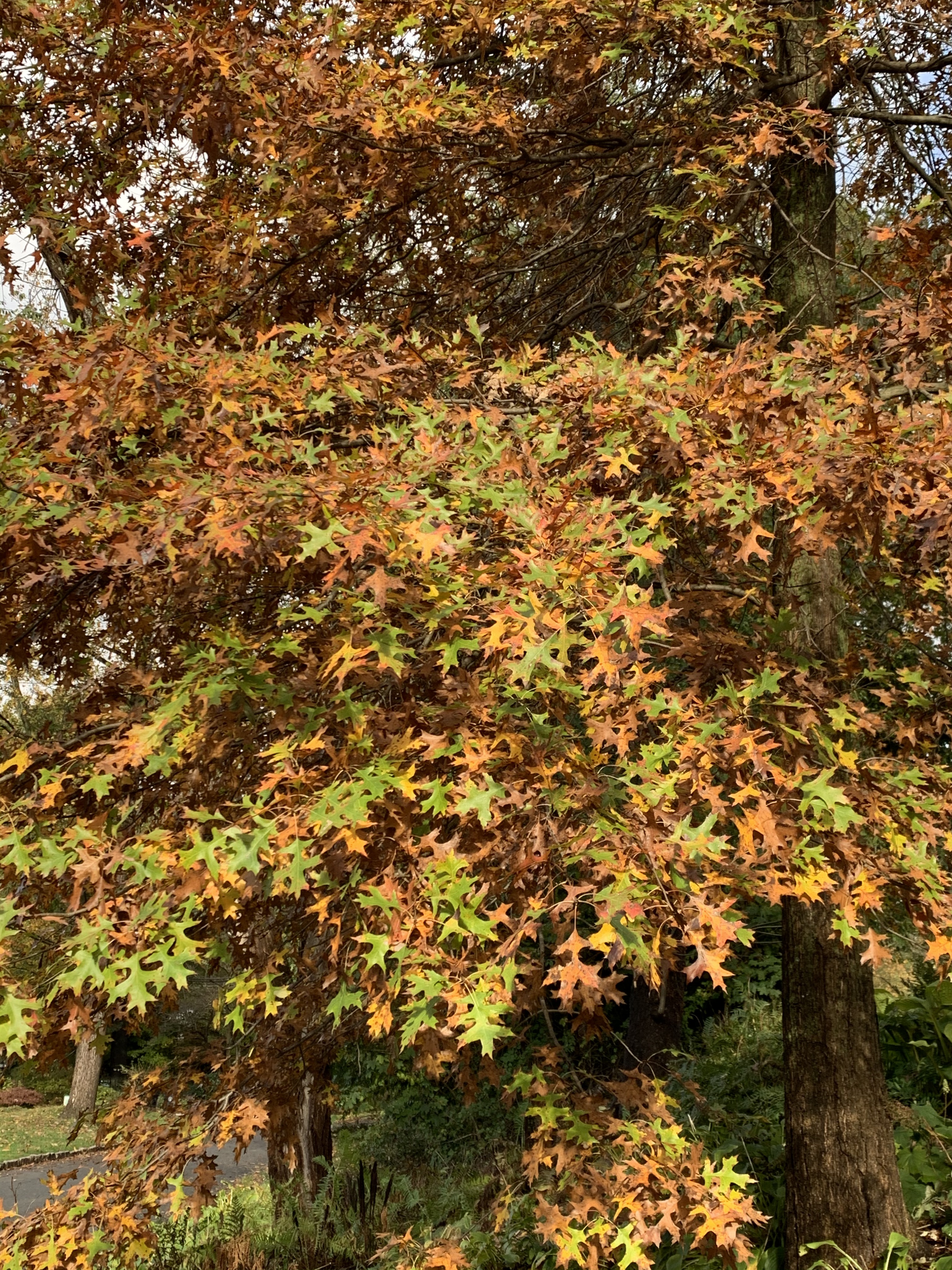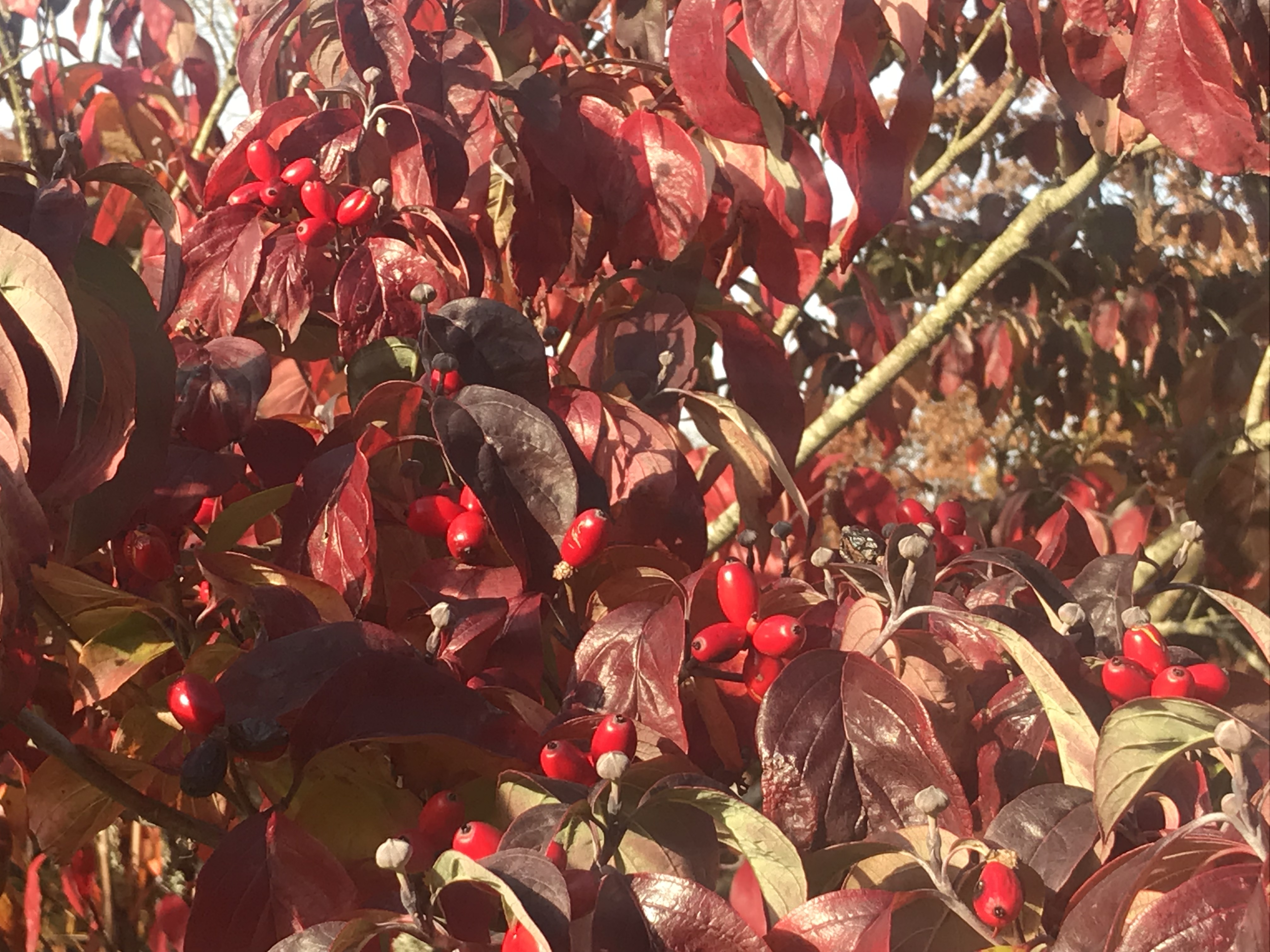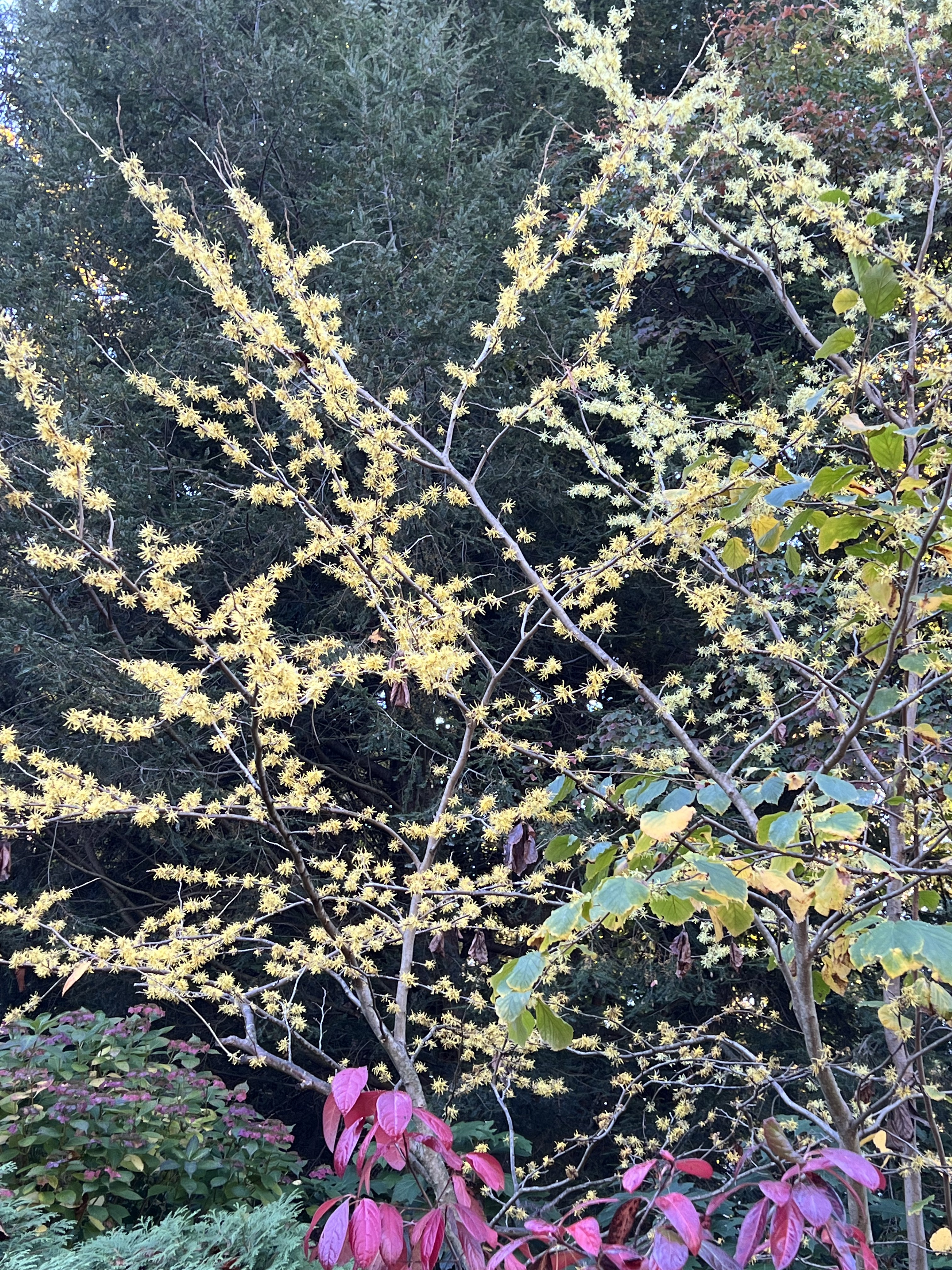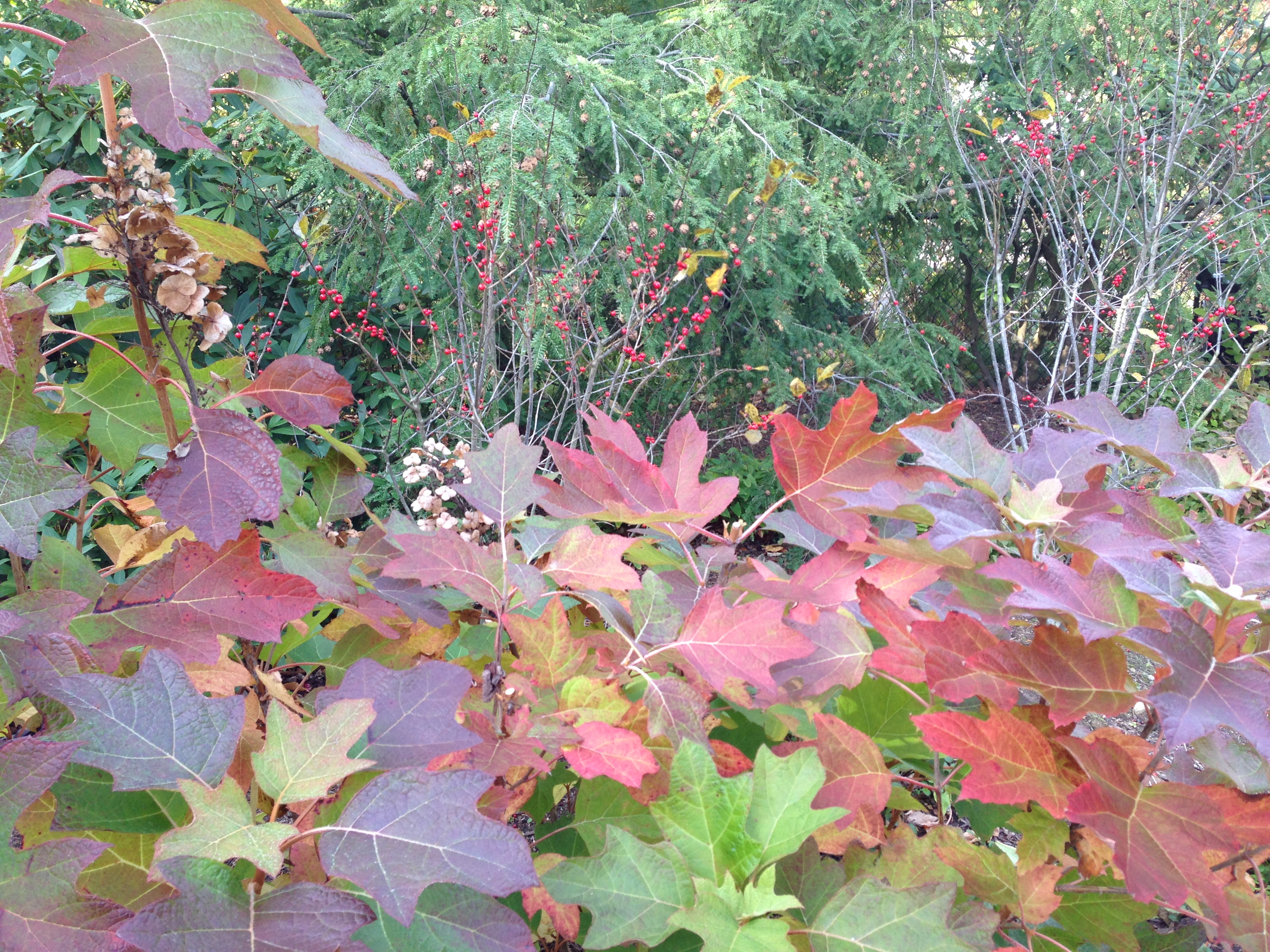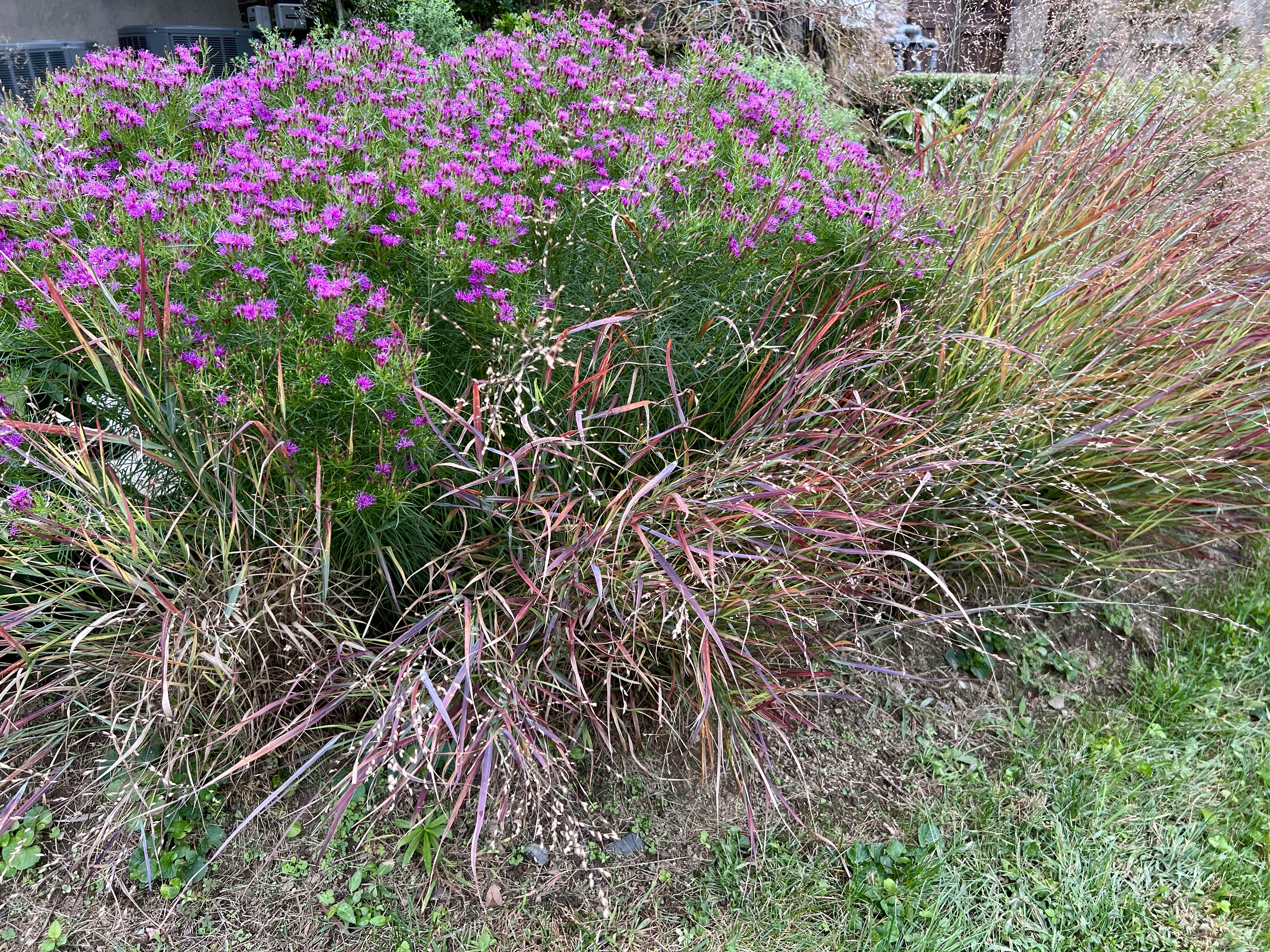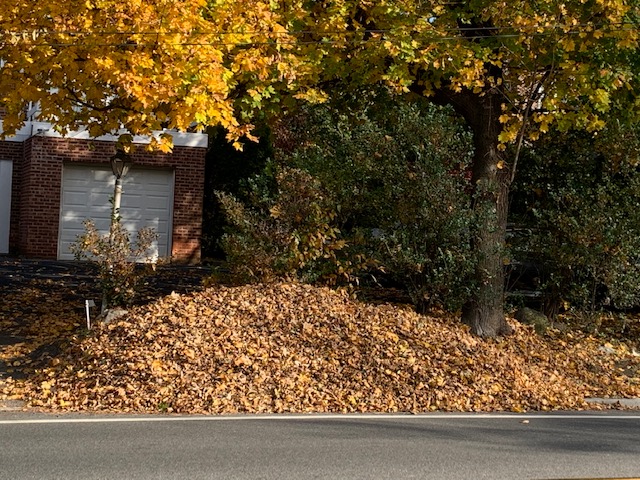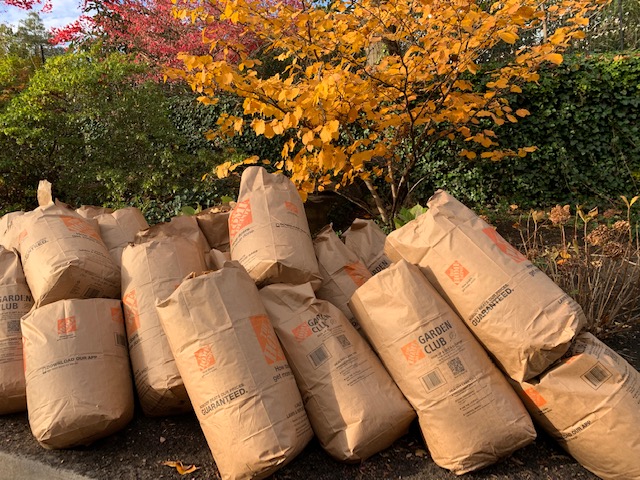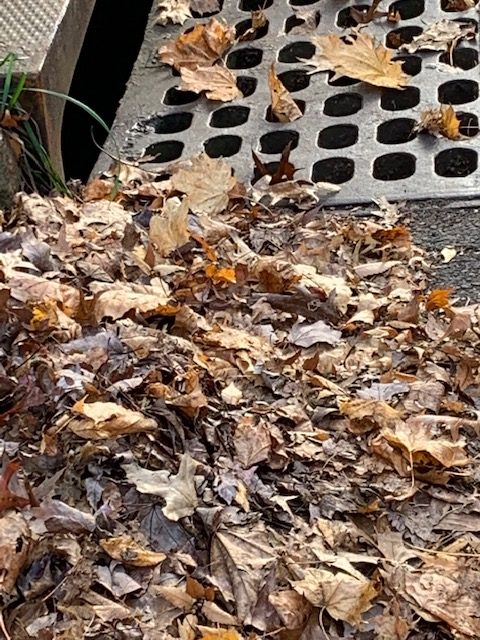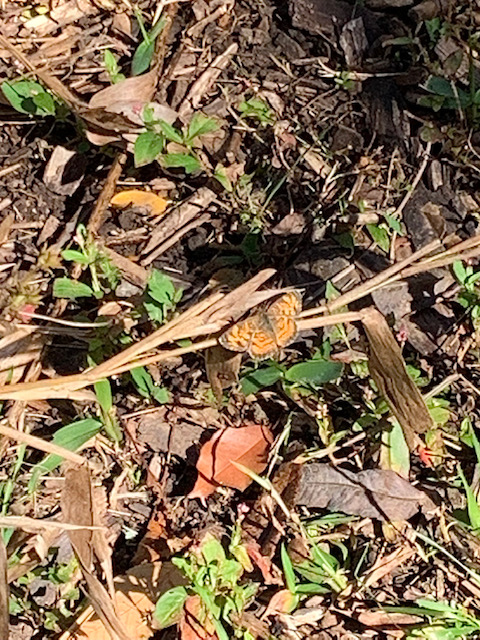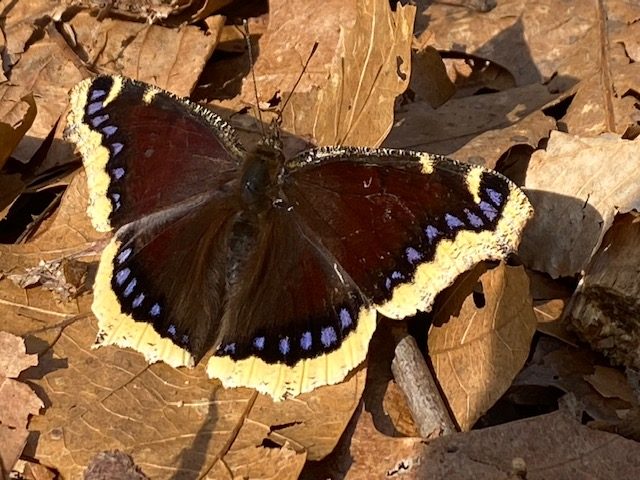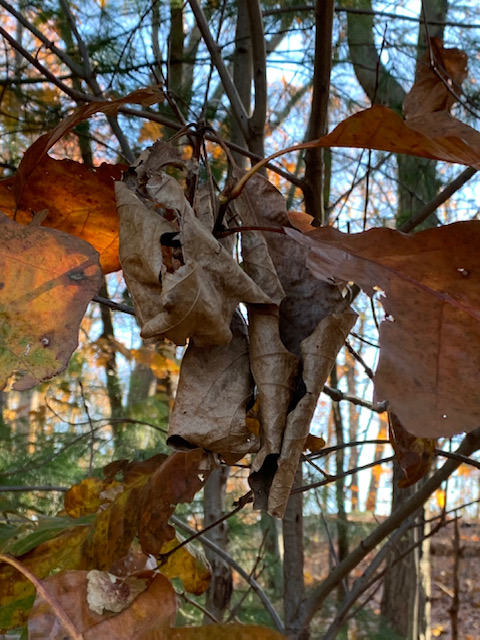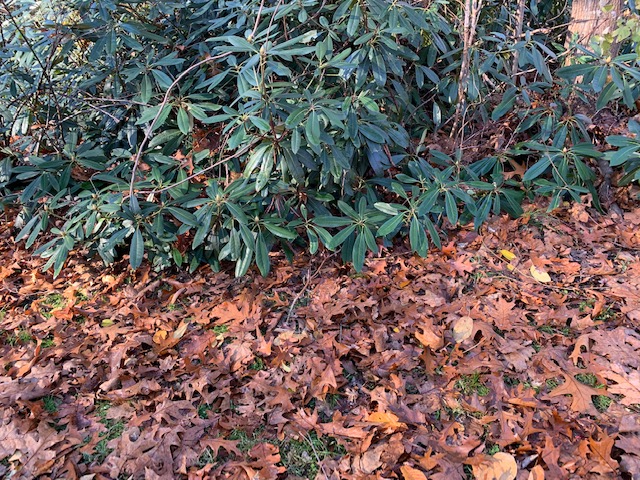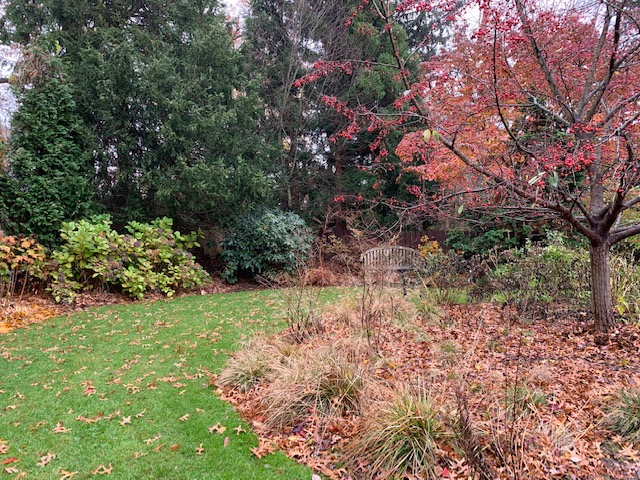Flowers are blooming, birds are chirping, insects are buzzing, and all around us nature is waking up to spring.
And miracles are happening: complex and ancient relationships between plants and animals begin again each spring. You can watch them in your own backyard – if you have the right plants!
In the forests of the Eastern US, there is a short window of opportunity when daytime temperatures are above freezing but the trees are still bare, allowing sunlight to warm the forest floor. Plants called “spring ephemerals” take advantage of that special moment, living out their brief visible lives in sunshine before fading back underground in shady summer.
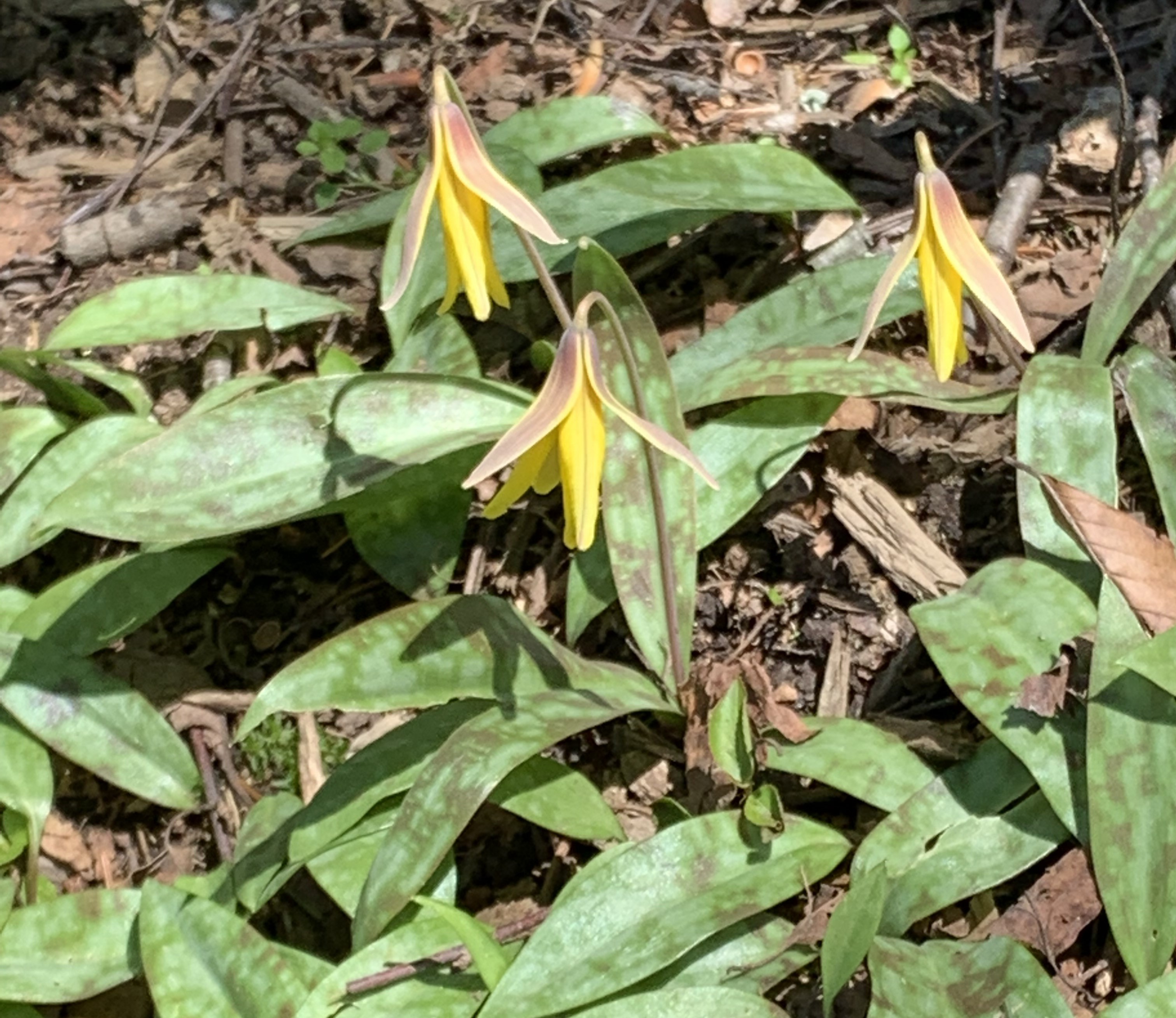
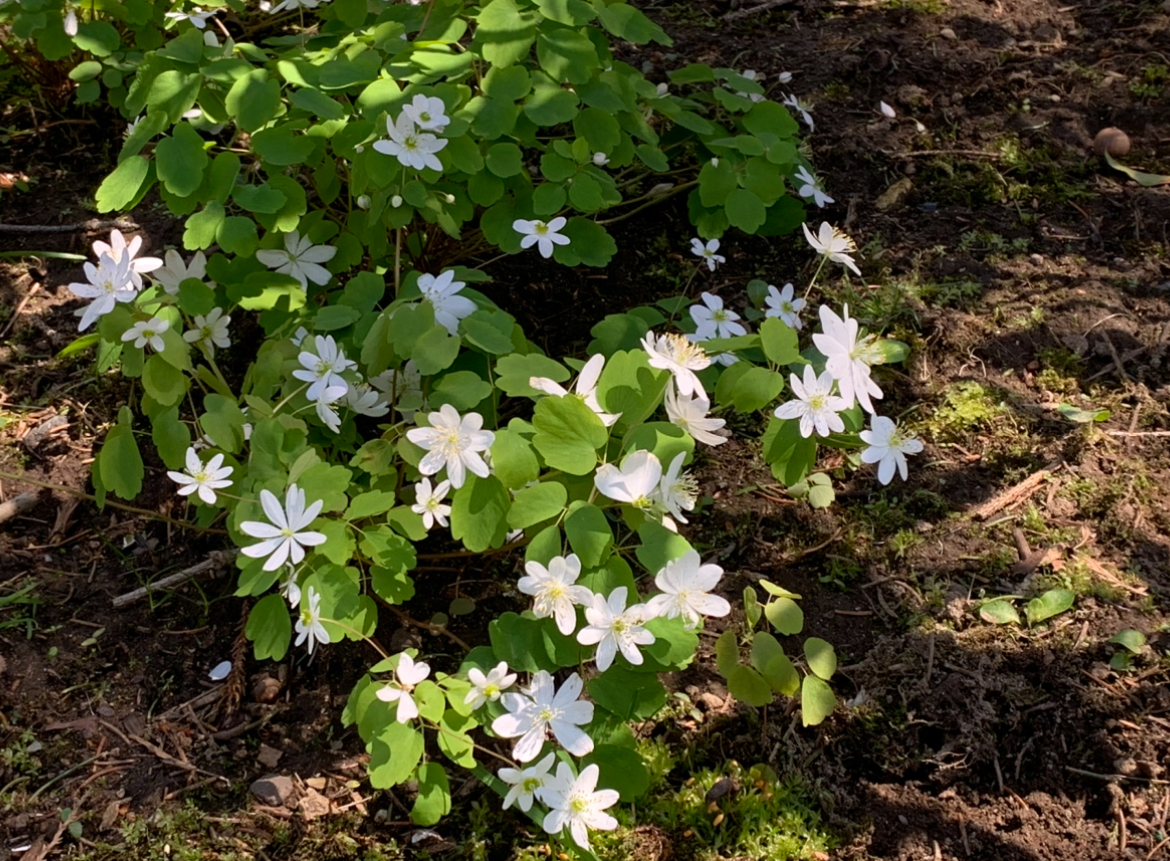
Spring ephemerals accomplish their entire active life cycle in a matter of 2 to 3 months. They must break through the soil, produce flowers, be pollinated, and set and disperse seed. Then, before sunlight is blocked by the tree canopy, they must photosynthesize enough nutrients to keep their underground roots or rhizomes alive through the next winter. Once they have done all of that, their leaves fade away in summer, and they rest again under soil and leaf litter until spring. “Ephemeral” means short-lived, but many of these plants actually live for years, spending most of that time underground.
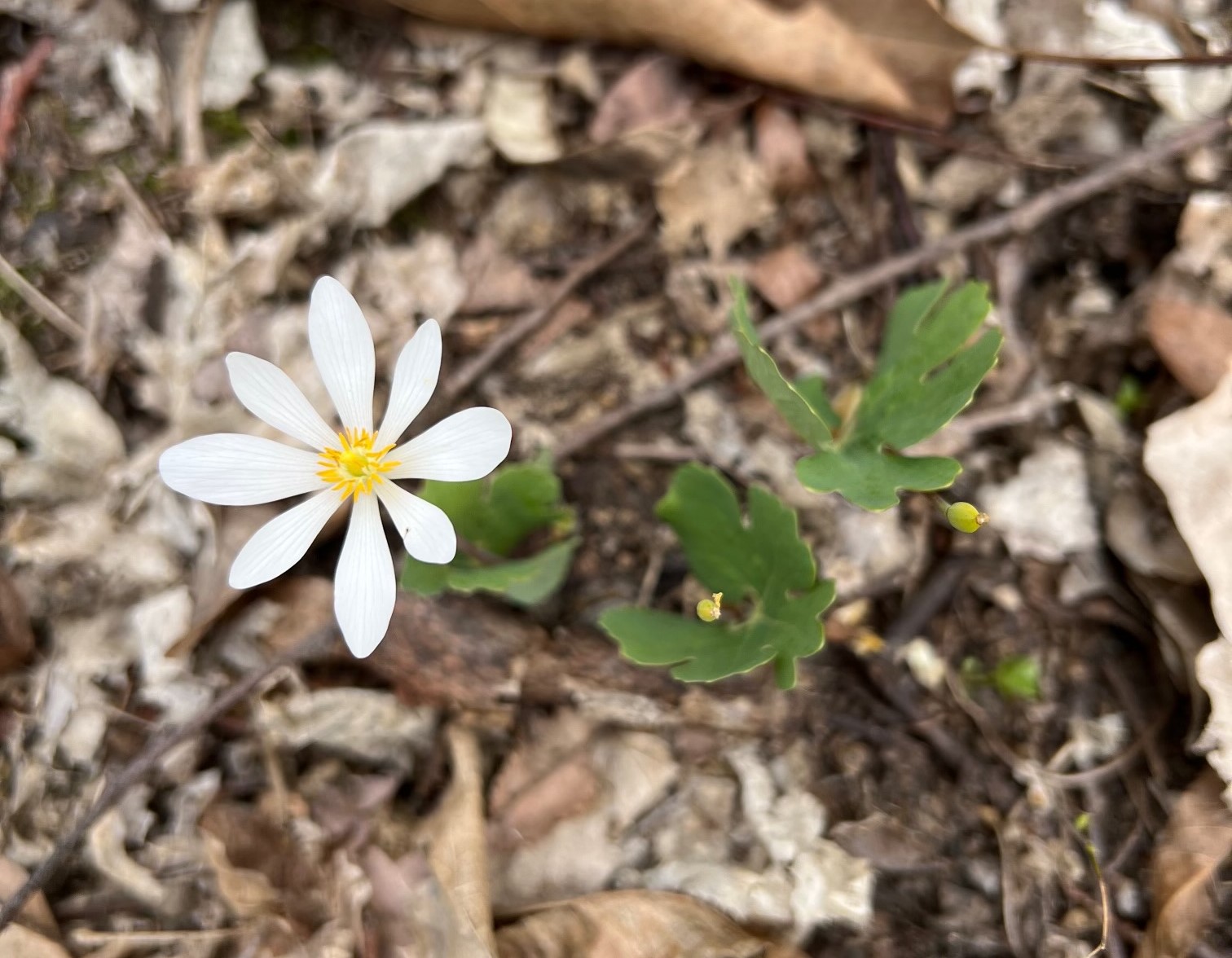
Photo: Sandy Thompson
It’s a challenging life-style: there are late snowfalls and night-time freezes to withstand; pollinators are scarce in early spring; and there aren’t many birds available to disperse seeds. Most butterflies emerge much later, and birds are looking for insects for their babies in spring rather than seeds. So, spring ephemerals have co-evolved with specialized relationships to survive.
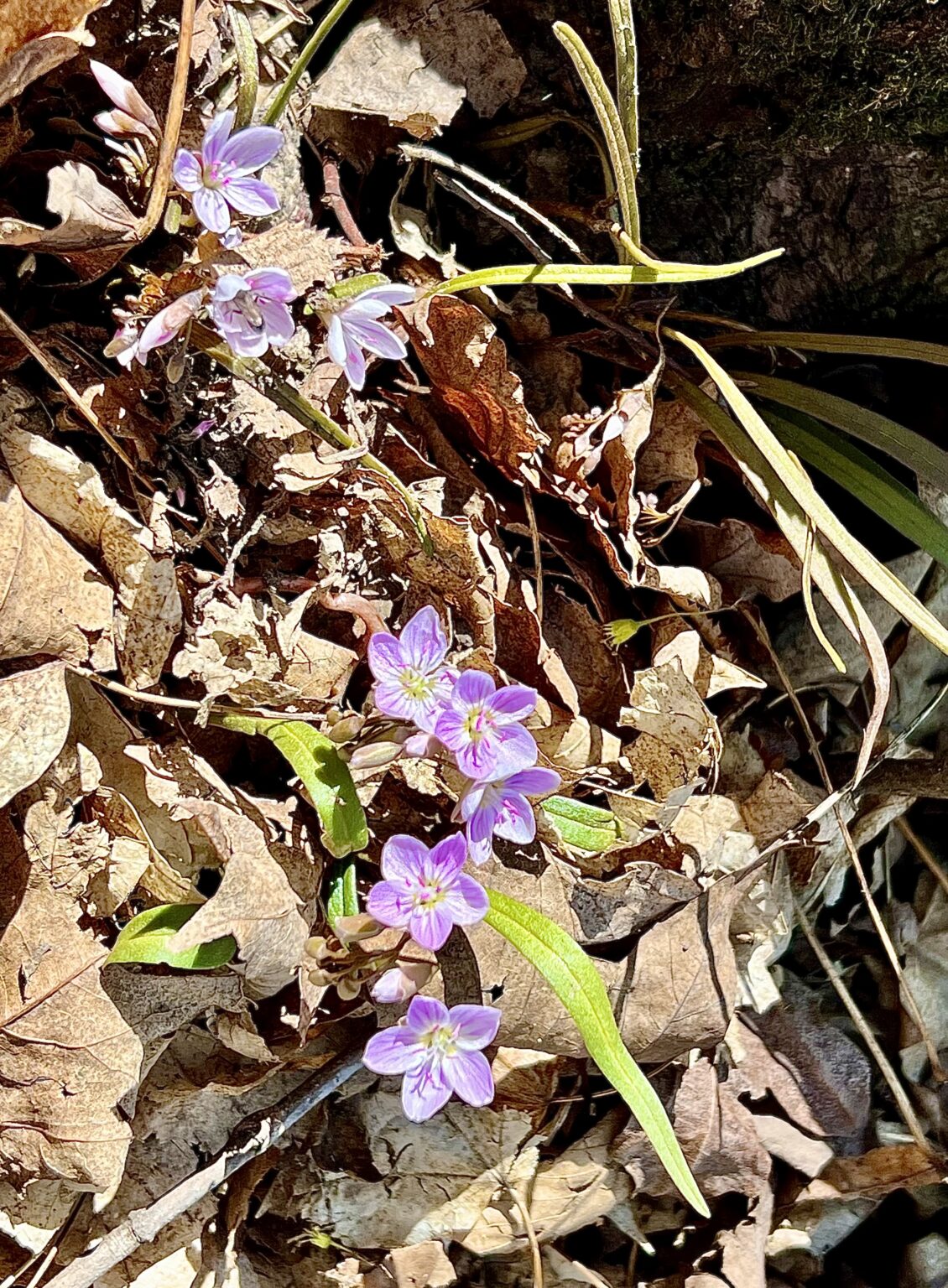
Photo: Sandy Thompson
Consider the life cycle of Claytonia, commonly called “Spring Beauty,” a native wildflower as lovely as the name suggests. It blooms just at the same time that its pollinator begins searching for it. The specialized pollinator is a native bee, appropriately called the Spring Beauty Mining Bee (Andrena erigeniae), that overwinters in individual ground nests, usually under fallen leaves. Male and female bees emerge in very early spring. They mate and the males soon die off while the females begin excavating new nests in the ground (hence, the name “mining bee”). The females hunt for the pink pollen of Spring Beauty, the only pollen they can use, which they form into balls and place in the nest in individual brood chambers. The bee then lays a single egg in each chamber. The larvae hatch, feed on the pollen, develop into adults, and overwinter underground. The next spring, it all begins again.
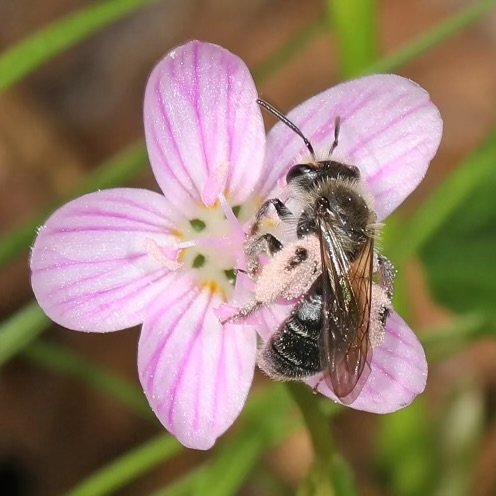
Photo: Judy Gallagher, Lopez-Uribe Lab
After pollination, Spring Beauty flowers produce seeds, each with an attached fatty mass called an elaiosome. The elaiosomes are particularly attractive to ants, who carry the seeds with the attached elaisomes back to their nests. The ant colony feeds on the elaiosomes and discards the seeds, effectively planting them nearby. This process of seed dispersal by ants is called “myrmecochory” and is common with spring ephemerals and other early-blooming native flowers. (See our earlier blog posts on Wild Ginger and Jeffersonia.)
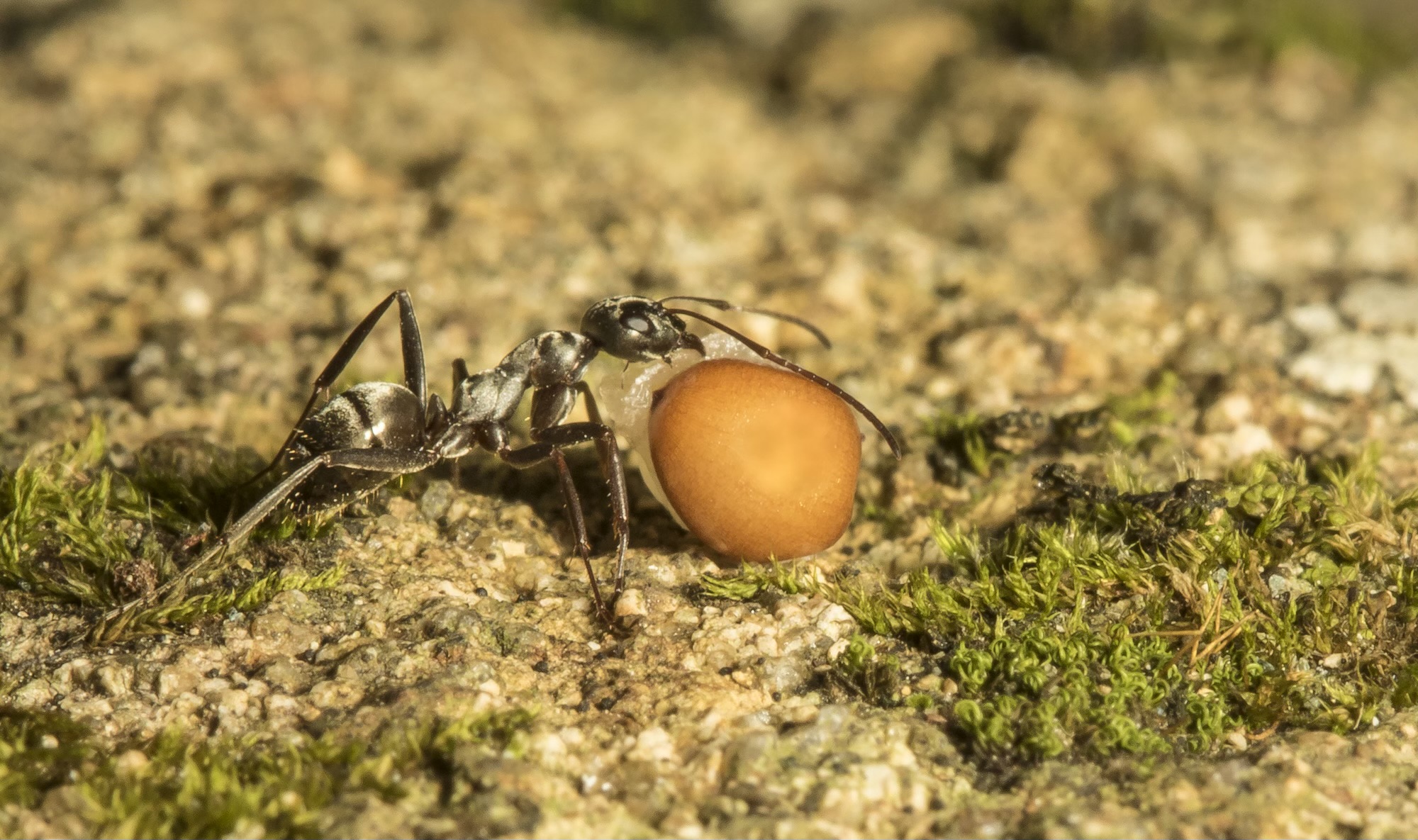
Photo: Mike Dunn from “Roads End Naturalist” blog
So, with the help of its special insect friends, Spring Beauty is pollinated and its seeds are planted for the next year. In summer, its leaves will fade and the plant will disappear underground. But when the snow melts in spring, the plant will wake up again, eventually forming beautiful patches of candy-striped flowers on the forest floor – or, in a suburban shade garden!

Photo: Sandy Thompson
Another spring ephemeral with a special insect friend is called “Dutchman’s Breeches” because its white flowers look like old-style Dutch pantaloons. The flowers hold sweet nectar high up in the pointed flower tops where it can be reached only by long-tongued bees strong enough to force their way in and then escape through the tight opening. Queen bumblebees are perfect for the job. While worker bumblebees die off in the fall, queens over-winter as adults on the ground under leaf litter, and emerge just as Dutchman’s Breeches are flowering. They must find nectar to nourish themselves as they begin laying their eggs. There are not many flowers with nectar in early spring — even most spring ephemerals do not hold nectar — so Dicentra cucullaria is an important resource for queen bumblebees. In exchange for the nectar, the strong fuzzy body of the queen bumblebee carries pollen from flower to flower enabling the plant to produce seed.
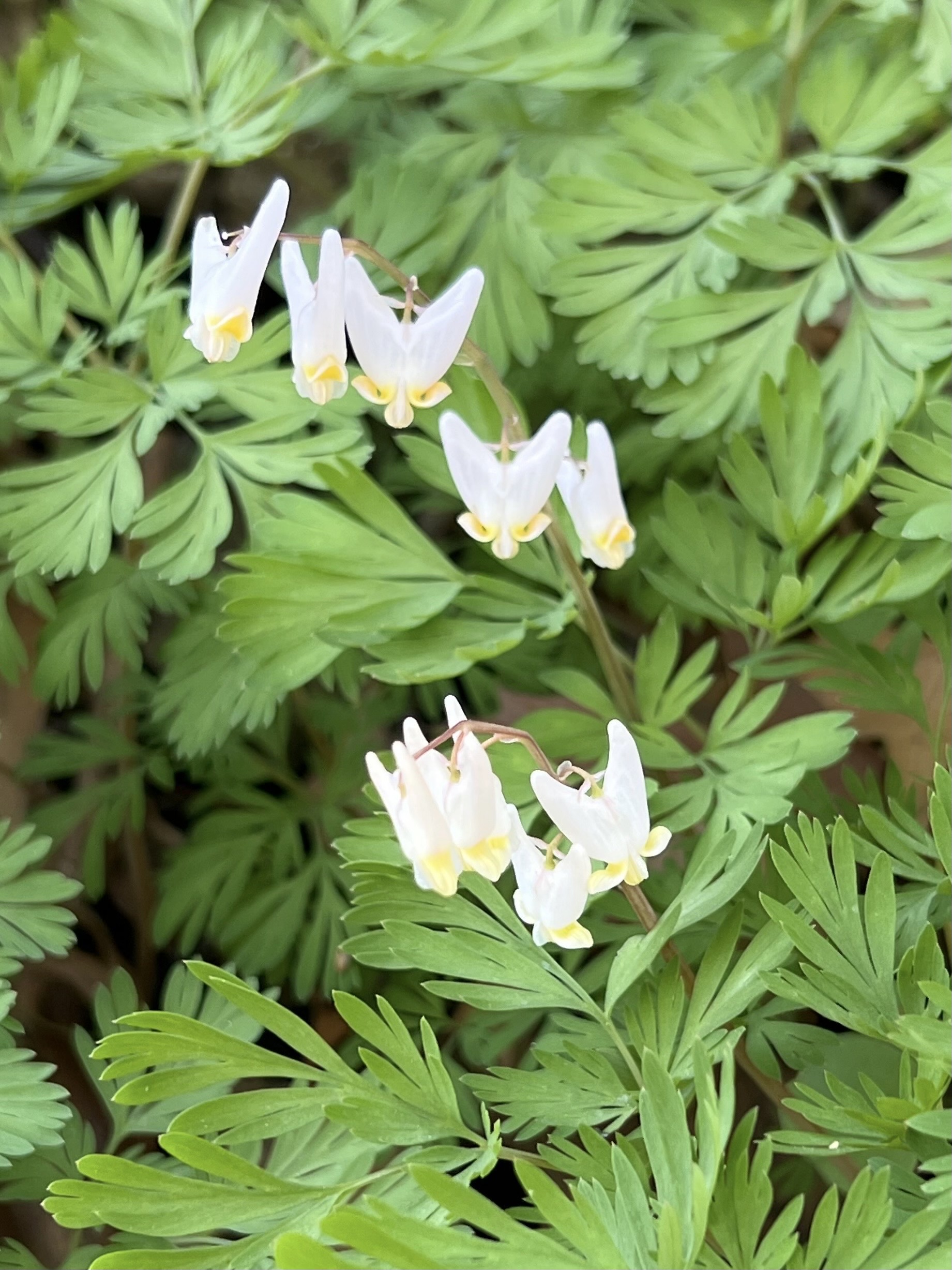
Photo: Sandy Thompson
Still another spring ephemeral with a specialized relationship is Mayapple (Podophyllum peltatum).
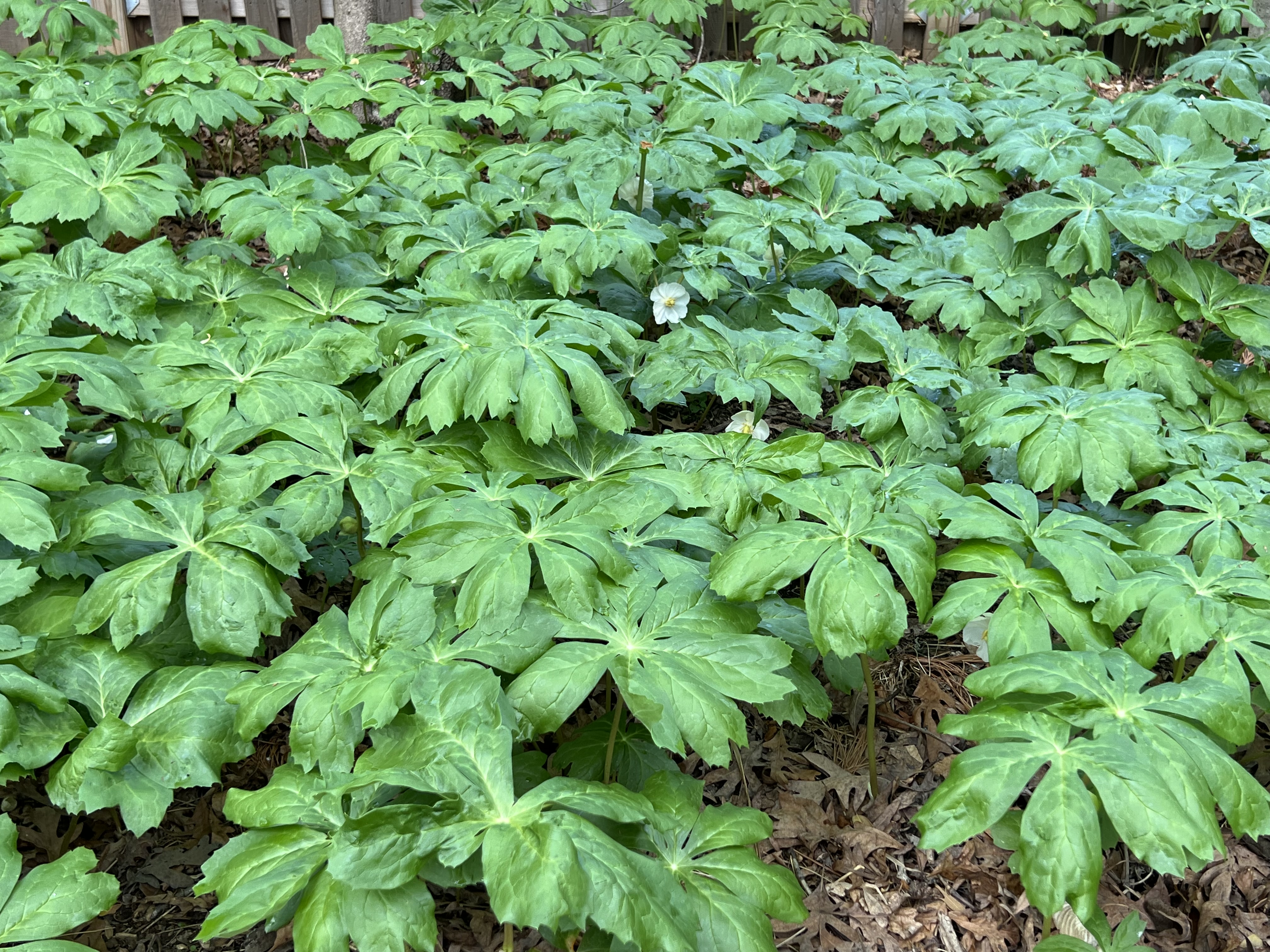
Mayapple flowers turn into fleshy “apple” fruits, about the size of a walnut. The fruit is prized by Eastern box turtles, and provides essential nourishment just as turtles come out of winter hibernation. In exchange, the turtles carry the seeds considerable distances, distributing them in their droppings to form new plant colonies. A recent study showed that Mayapple seeds that have passed through the digestive system of a box turtle have a higher germination rate than seeds distributed by other means! Mayapple can be found in wetland areas, woods, and in meadows where box turtles live, but it also makes a pretty spring show in a shady garden. It spreads somewhat aggressively by rhizomes, so it is a better choice for woodland areas than small gardens.
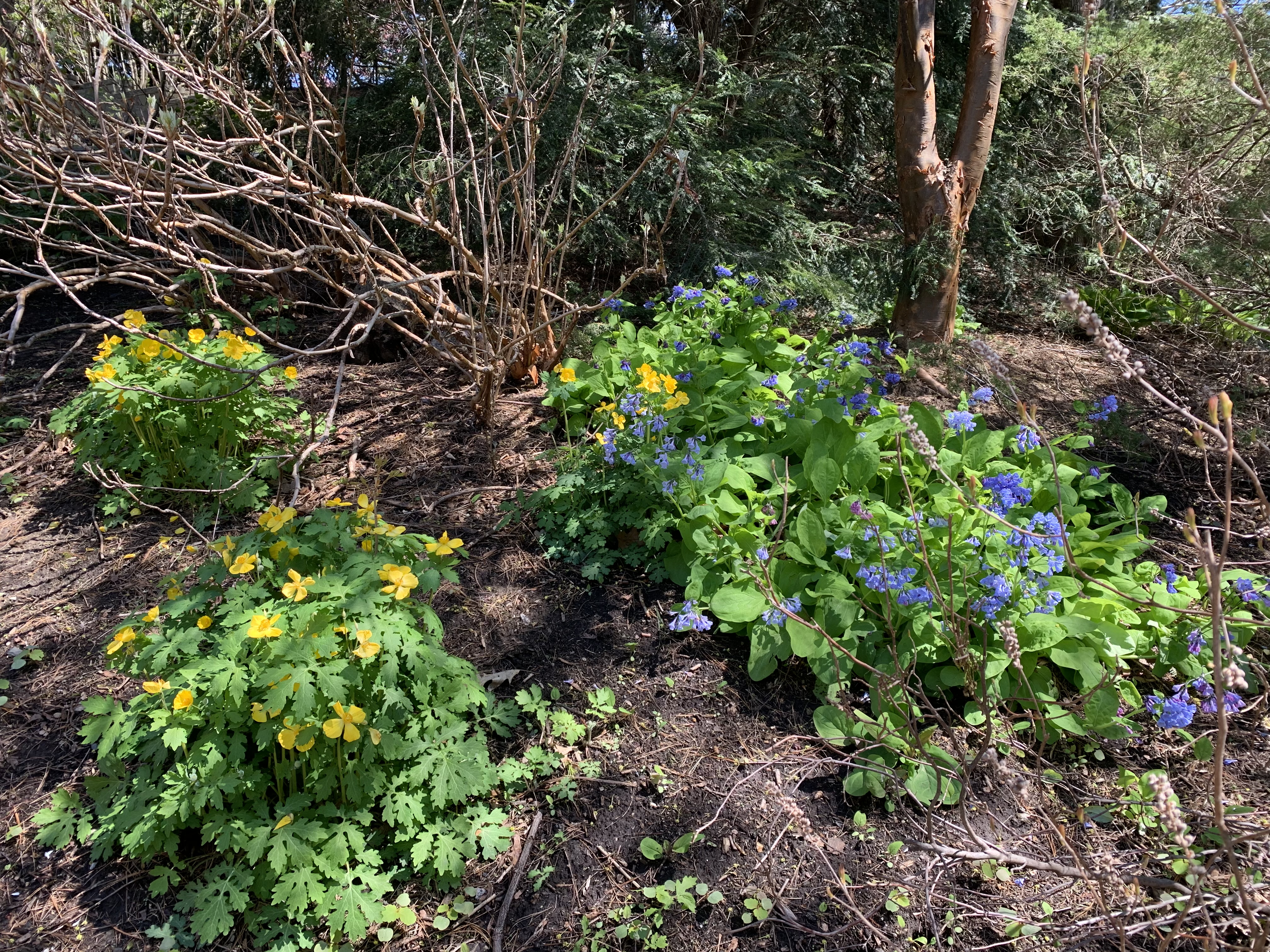
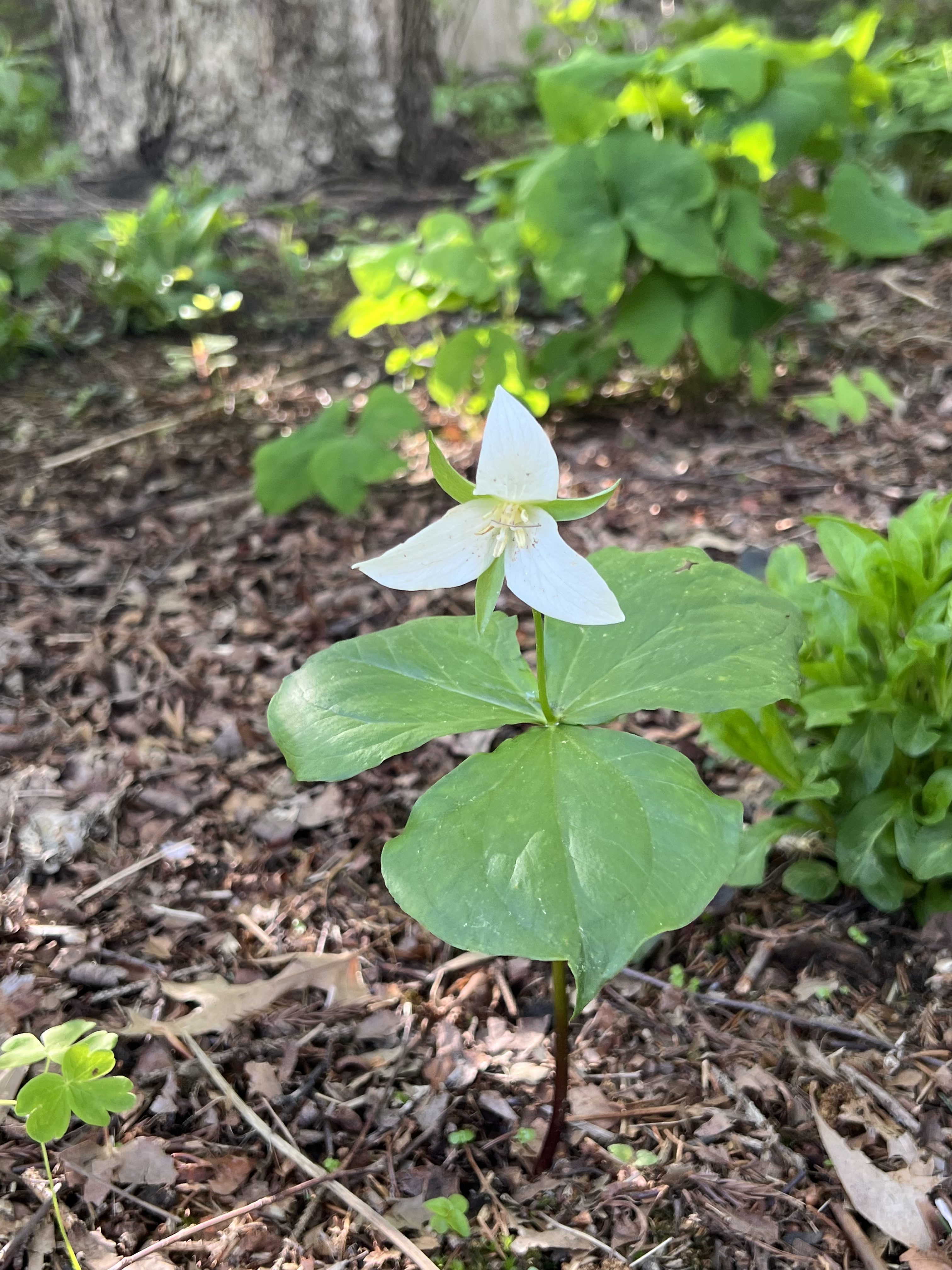

Native spring ephemerals evolved in Eastern forests, so they all do well in rich, slightly acidic soil enriched by fallen leaves that are allowed to decompose naturally. They are hardy in their native ranges, most of them from Canada south to Georgia and the Carolinas and west to the Mississippi River. They will disappear by late June or July, so plant them with other shade perennials that come up later: blue lobelia, wild ginger, maidenhair ferns, white wood asters, and goatsbeard are good choices, but so are many other native woodland plants. And allowing fall leaves to remain on the ground at least until mid-summer benefits not only the plants, but also their specialized insect and animal partners.
All of these plants offer critical food for early pollinators, but many spring ephemerals are disappearing in the wild as our forests are cleared, over-browsed by deer, and degraded with invasive species. Growing them in residential gardens is an act of ecological restoration — and a gift to our future.
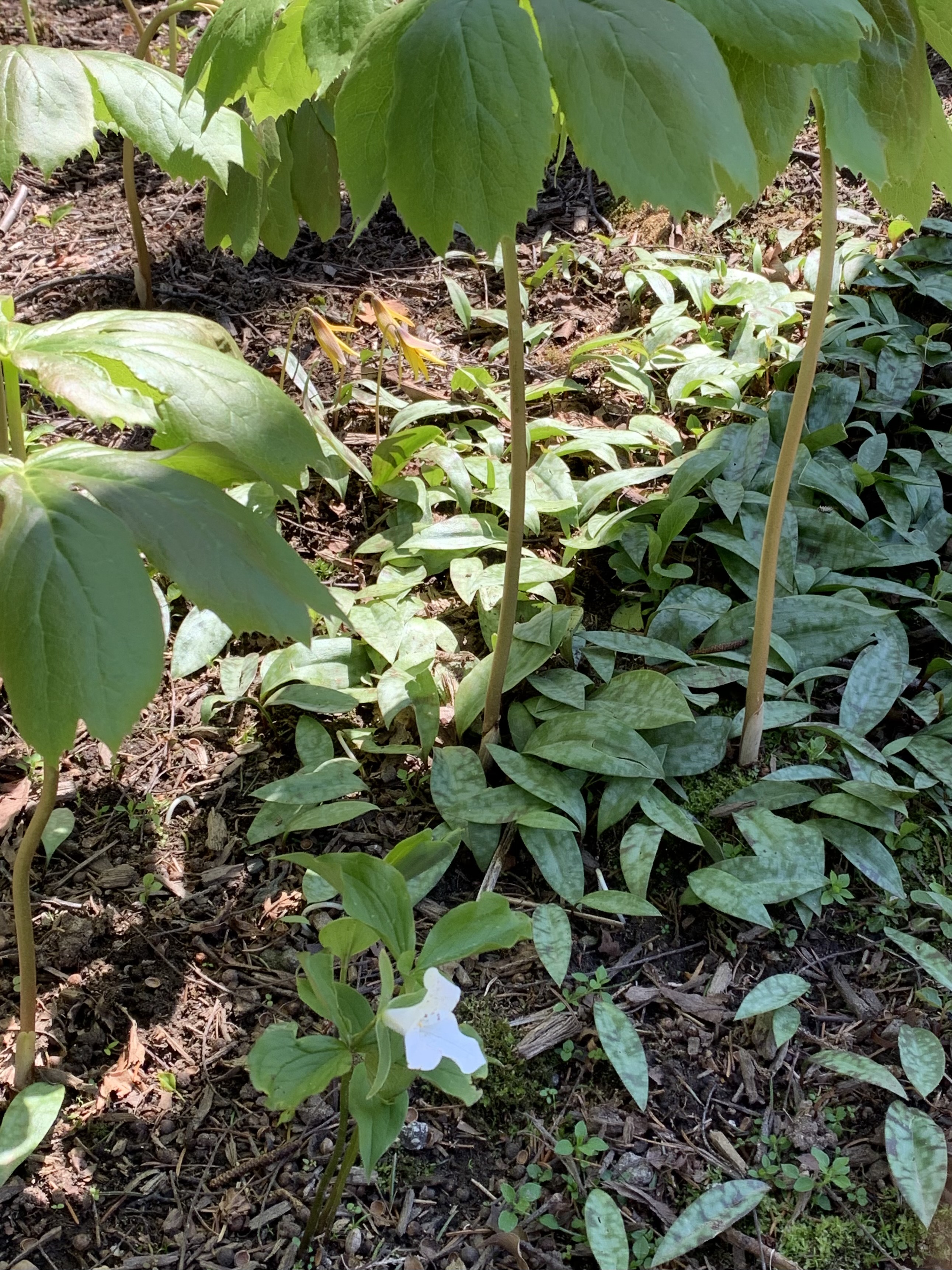
If you have mature trees, planting an array of spring ephemerals as a native understory is so much better than a mono-culture of non-native groundcovers (like pachysandra, ivy, vinca, liriope) or a layer of dead bark mulch. The specialized relationships these plants have with insects and other animals are fascinating and beautiful to observe. All of the plants discussed here are easy to incorporate into home gardens, and are available commercially and at native plant sales.
So, when spring is awakening in your yard, give these American beauties – and their special friends – a place to thrive.
